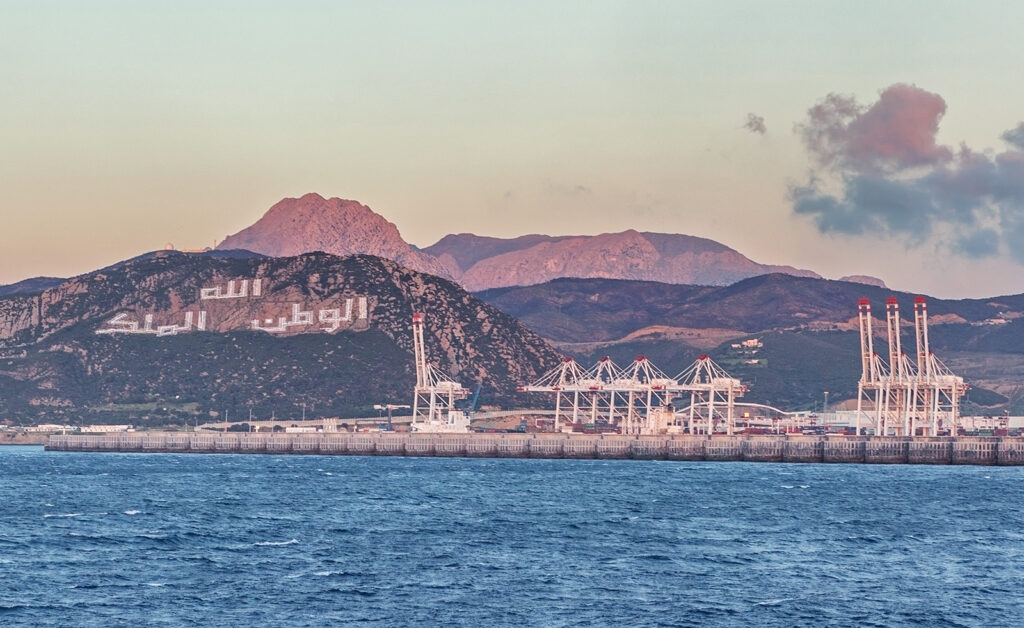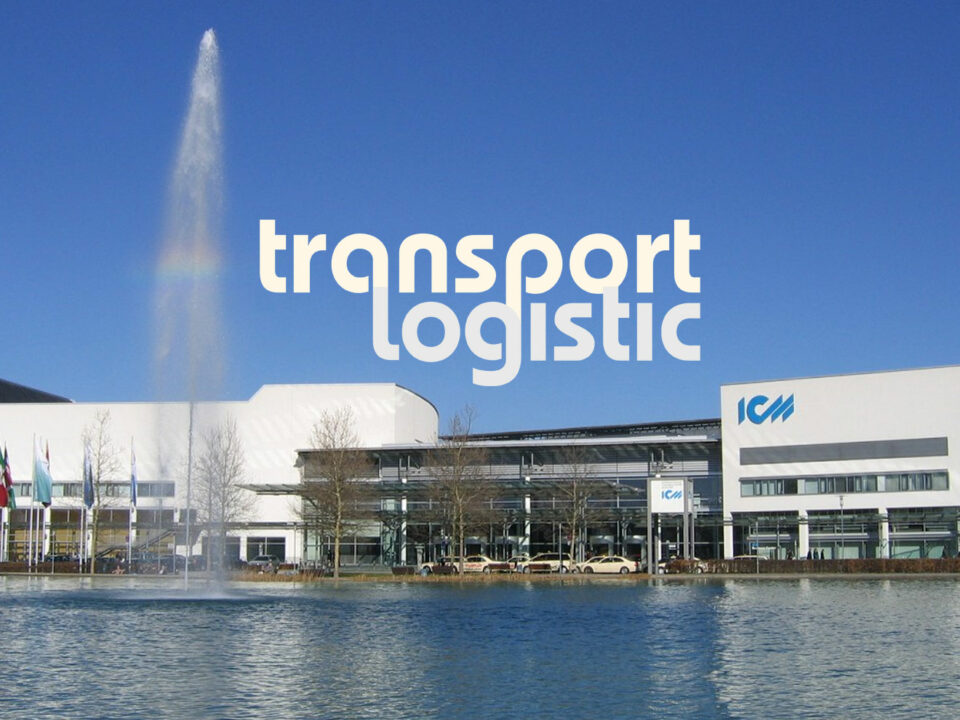An extensive network of infrastructures is necessary for a country to become one of the places with the highest demand for freight transports. Whether by road, rail, air or sea, industrial express transport is booming in Morocco – the pathway to the Mediterranean.
The combination of a road networks linking seaports and freight airports with clusters of large industrial zones is the main reason why transporting to Morocco is on the rise. But what are these axes that connect the country with the most advanced logistics setup on the African continent?
An expanding road transport network
The construction of roads and motorways that run through Morocco were conditioned by the orography of the area. As a country with an extensive coastline, both Atlantic and Mediterranean, its interior is enclosed by the Atlas Mountains and the vastness of the Sahara Desert. This situation forces an axis of roads that starts in the capital, Rabat, and follows its two coasts.
Morocco’s first highway, the A-1, connects the Rabat-Safi axis and is currently the busiest motorway in Africa, with more than 45,000 vehicles passing through each day on the section that connects the capital with the city of Casablanca.
The seven motorways that make up its national road network connect such important axes for express industrial transport as Rabat-Tangier, access to the cities of Ceuta and Melilla, or the connection to the land border with its neighbour, Algeria.
Morocco’s first highway connects Rabat and Safi and is the busiest motorway in Africa, with more than 45,000 vehicles per day on the section between the capital and Casablanca.
As for the railway network, until a few years ago Morocco maintained the routes built during the time of the Spanish protectorate, which inaugurated its first Tangiers-Fez line in 1927, a route that is still in use today. But this situation is changing, as investment is increasing in the whole area surrounding the various free zones and the Tangier-Med superport. The presence of the train in the area is reinforcing the logistical capacity of the different means of transport, whether by land, air or sea.
Airports and combined transport
In the air sector, Morocco has extensive infrastructures and maintains 18 international airports and 10 national airports throughout its territory. Growing investment in this sector is expanding the capacity of some of the continent’s leading transport links.

The strategic importance of an air transport for Morocco is also demonstrated by the flow of passengers. Casablanca’s Mohammed-V International Airport, for example, is the busiest entry and exit point for people in Africa. In 2019, it handled more than 10 million passengers, and in recent years, until the global pandemic brought it to a halt, its trend has been steadily increasing.
In terms of freight transport, investment has been steadily increasing. The result is the creation of major infrastructures such as the special Casablanca-Ben Slimane cargo airport and Tangier-Ibn Battouta airport, which provides a combined transport service to all the free industrial zones, together with the TangierMed superport.
Flexibility is the key element in express industrial transport and having a varied infrastructure network allows for precise combined transport. This is why the presence of the large port of Tangier helps to supply all types of goods to industry in the area. Although freight rates are currently rising, due to the saturation of maritime trade, TangierMed is a major logistical hub of the territory..
In short, transport to Morocco is booming, especially in the express industrial transport sector. The combination of expanding infrastructures, which facilitate combined logistics, with the growing industrial and business fabric, makes this territory the ideal place to connect Europe with Africa and the Mediterranean with the Atlantic.



